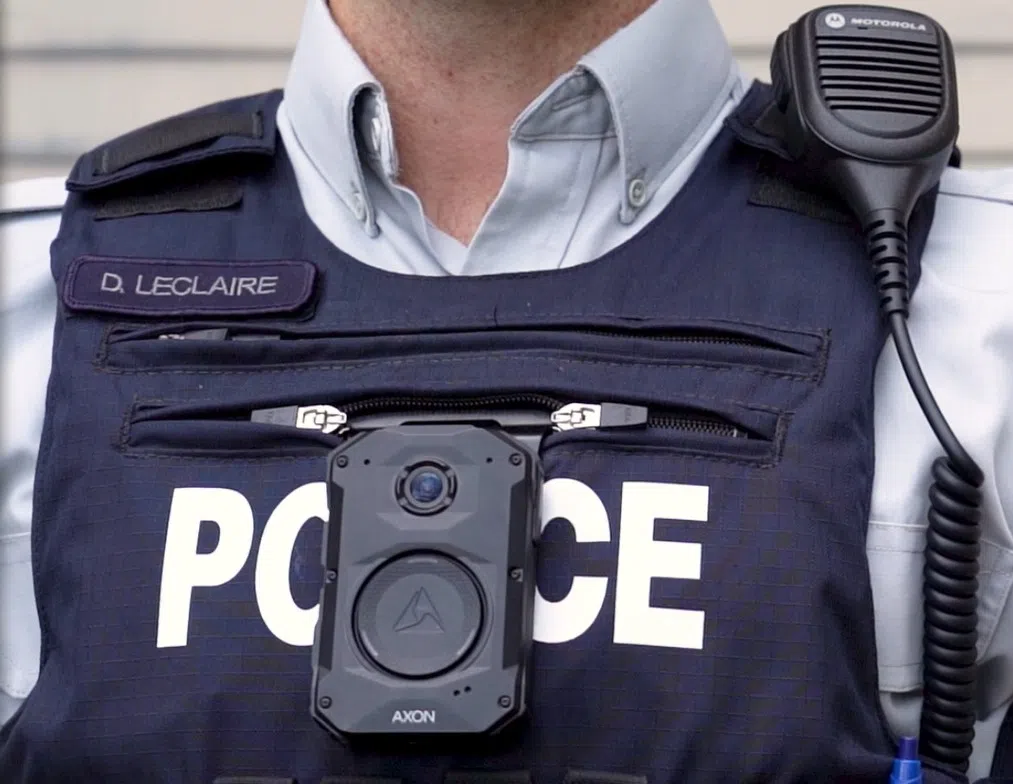
Officers at 86 RCMP detachments across the country will begin wearing the cameras on Monday with a goal of having 90 per cent of officers equipped over the next 12 to 18 months.
Audio and video captured on body-worn cameras will be uploaded and maintained on a secure cloud digital management system.
The cameras will be worn on the chest and be turned on before the officer leaves the vehicle to respond to a call (unfasten seatbelt and turn on camera). The public will know that the camera is recording when red lights are flashing below the lens of the camera. Supervisors will keep tabs on officers to ensure they are turning their cameras on. Those who forget on a regular basis will be penalized.
The video will serve as an independent, unbiased, and objective way to view interactions between officers and the community. The goal is to increase trust between RCMP and the communities they serve, to help resolve public complaints more quickly, and improve evidence gathering.
Video from body-worn cameras cannot be edited and will not be used for surveillance, 24-hour recording and in privacy areas such as washrooms and hospitals. They will not be used during strip searches or internal body cavity searches.
After the shift, the camera is taken back to the detachment where it is plugged into a deck that uploads the video to a highly secure cloud service. Cameras will be replaced every 30 months to allow for updated video technology.
Axon Public Safety Canada is the contractor supplying the RCMP’s body-worn cameras.
A list of frequently asked questions about body-worn cameras can be viewed here






















